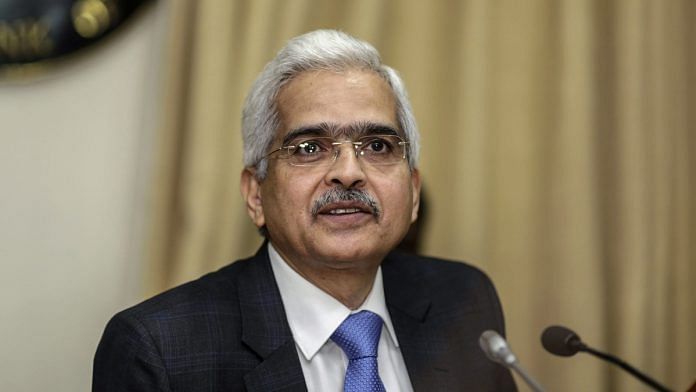New Delhi/Mumbai: The Reserve Bank of India’s future policy action will depend on incoming economic data after a series of moves this year that Governor Shaktikanta Das says are equivalent to 100 basis points of interest-rate cuts.
In one of his first interviews with media since taking office seven months ago, Das said he sees signs of recovery in growth and that the central bank’s switch to an accommodative stance in June in itself amounts to a 25 basis-point cut. The RBI cut interest rates by a cumulative 75 basis points since February.
“Effectively, the rate cut has been 100 basis points if you take into account the change in stance,” Das said ahead of the next Monetary Policy Committee meeting that begins Aug. 5. “The accommodative stance will depend on incoming data. How inflation numbers look how the growth numbers look. Primarily how inflation looks.”
The RBI has been the most aggressive central bank in Asia this year to ease policy to support growth amid low inflation. A gloomy global outlook fanned by trade tensions has since prompted policy makers from Australia to South Korea to join the dovish camp.
Also read: RBI Act needs to be amended to remove ambiguity on surplus flows to govt
“Parallel to that we have also ensured surplus liquidity in the system,” Das noted.
The need now is to ensure a revival in domestic demand, Das said, adding that an improving monsoon, lower oil prices and an easing of a domestic credit crunch are positive.
“The signs are looking good,” he said.
Waning consumption dragged gross domestic product growth to a five-year low of 5.8% in the first three months of 2019, meaning India lost its title as the world’s fastest-growing major economy. That data was followed by the RBI in June lowering its growth forecast for the current fiscal year to 7% from April’s projection of 7.2%.
‘Looking Good’
“I would not like to specify how long it will last,” Das said, referring to the current slowdown. “India is today in a far better place than most of the major economies and India has certain inherent resilience and the signs are looking good.”
As for prices, Das said a decline in core inflation can be seen as a positive development on the one hand, but also as reflective of a slowdown in demand. “Therefore I don’t want to make a qualitative judgement on good or bad. Based on hard numbers, we will have to take a call,” he said.
The governor said the central bank alone cannot boost the economy and there’s a need for more reforms with various stakeholders having a role to play in addressing the slowdown.
“You cannot have a fiscal solution to long-term growth,” Das said. The country needs structural reforms, an enabling business environment and measures to improve supply chains in the farm sector to make the economy more competitive, he said.
While Finance Minister Nirmala Sitharaman surprised many analysts by lowering the fiscal deficit target for the current fiscal year to 3.3% of GDP from 3.4% set previously, she used her debut budget this month to propose steps to boost investment. That included a plan to ease foreign direct investment rules for sectors ranging from aviation to media.
Trade Wars
But a broad-based global slowdown with implications for the nation’s currency could hurt India’s growth prospects.
Das said India won’t be as badly affected from the U.S.-China trade war in the short term as other economies that are more plugged into global value chains. But if those tensions are prolonged, they will have an adverse impact on India, especially on its exports, which contracted in June for the first time in nine months.
That drop in shipments couldn’t have come at a worse time. Expectations that the Federal Reserve will soon cut rates has pushed the U.S. dollar lower and bolstered the rupee. If U.S. authorities take measures to weaken the dollar, it would have a ripple effect, Das said.
“If they depreciate, it means greater inflows,” he said when asked about Treasury Secretary Steven Mnuchin’s comments that a shift in the currency policy in future could not be ruled out. “When the reversal happens we have to manage spillover. If excess inflows come in, it becomes a problem to absorb excess liquidity. It’s an evolving challenge.”
Das, a former economic affairs secretary at the Finance Ministry, took charge at the Reserve Bank of India for a three-year term in December, days after Urjit Patel quit amid worries that the government was encroaching on the central bank’s turf. – Bloomberg
Also read: RBI cracks down — banks fined Rs 109 cr this year, up from Rs 96 crore in 2018



